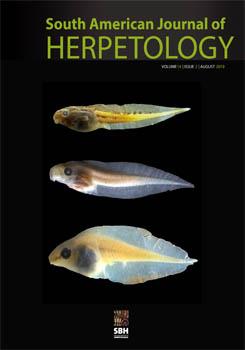Embryonic development is often a dangerous period of the life cycle for many organisms and embryos are often viewed as helpless. Parental care can help reduce mortality in early life stages but embryonic behavior itself can also be important. To assess the ability of frog embryos to actively hatch in response to environmental cues, we conducted an experiment on embryos of the Tobago glass frog (Hyalinobatrachium orientale tobagoense). In this experiment, we compared the hatching response of embryos submerged in water and those exposed to tactile manipulation to controls. The hatching response in submerged embryos was significantly higher compared to the control (mean 52% versus 2%). However, there were no significant differences in hatching response between the embryos in the tactile manipulation treatment compared to the control. These results suggest that Tobago glass frog embryos can actively hatch in response to environmental cues indicating risk, but not all cues elicit a response.
How to translate text using browser tools
2 July 2019
Life on a Leaf: Hatching Plasticity in Embryos of the Tobago Glass Frog (Hyalinobatrachium orientale tobagoense)
Richard M. Lehtinen,
Sara E. Green
ACCESS THE FULL ARTICLE
Anura
Centrolenidae
development
egg hatching
environmental cues
hatching





